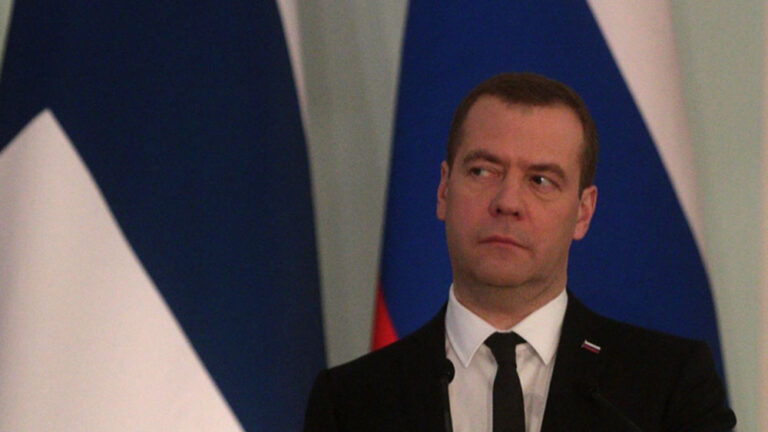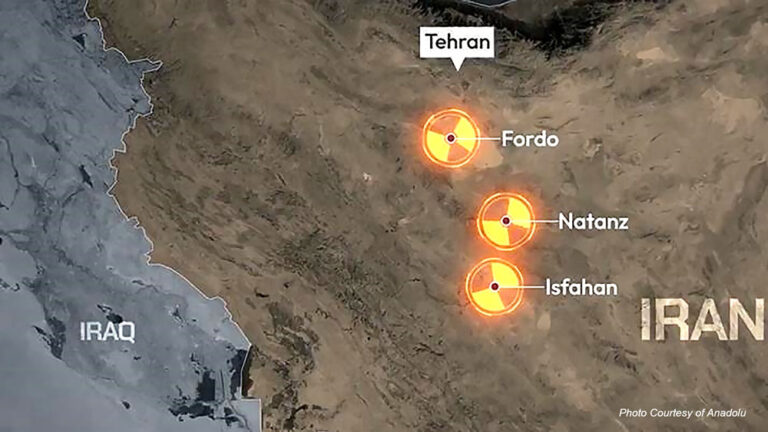While the world media’s attention is largely focused on Syria’s perennially deteriorating scene, the situation in Afghanistan too is far from stable.
Notions of peace and stability appear to be some ‘alien’ concepts in Afghanistan. UN data compiled in September 2015 reveals that the Taliban insurgency has exponentially expanded territorially since the end of NATO’s combat mission in December 2014.
The threat level in more than half of Afghanistan’s administrative districts is extreme or high and the intensity and geographic scope of the conflict will increase further, the data says.
The UN assessment clearly disputes Washington’s upbeat assessments about the Afghan Security Forces’ ability to foil the Taliban attacks.
In a recent testimony to the US Senate’s Armed Services Committee Gen. John Campbell, the American commander in Afghanistan, stated, “The Afghan security forces have displayed courage and resilience” as “the Afghan government retains control of Kabul, of Highway One, its provincial capitals and nearly all of the district centers.”
While US officials keep building the “all is well” image of Afghanistan’s internal situation, ground realities are certainly diametrically opposite. The “Highway One”, which connects Afghanistan’s all major cities, is neither fully under Afghan Government’s control, nor is it safe against the Taliban attacks. In recent months, it has received sustained attacks by the Taliban.
Similarly, as far as other regions are concerned, in many districts that are nominally under government control, like Musa Qala in Helmand Province and Charchino in Oruzgan Province, Afghan military forces hold only the government buildings in the district center and are under constant siege by the insurgents.
According to Wali Dad, who happens to be the police chief in Charchino, a region where 400 police officers have been surrounded and pinned down for months, “If we get any means of escaping, I will not stay for a second in the district. The government is failing in their governing, and it’s better to let the Taliban rule.”
Although the Taliban looked in considerable disarray after the news of Mullah Omar’s death appeared, these reports seem to strongly dispute their weakened position in Afghanistan’s overall political and military scenario. Between 1 May and 31 July 2015, the United Nations recorded 6,096 security-related incidents across the country.
These various incidents and attacks resulted in enabling the Taliban to capture at least seven major districts, although some of them were later on recaptured by the Afghan Security Forces with the help of foreign troops.
However, the fact that the Taliban were able to keep some of these districts under their control for a considerably extended period of time speaks volumes not only about their strength but also about the material support they continue to receive from sources within and outside Afghanistan.
The new Taliban chief is known to have ‘deep ties’ with Pakistan, although the Pakistani officials continue to emphasise the need for so-called ‘peaceful settlement.’
These developments, most of them taking place under the newly appointed Taliban leader, also strongly contradict the hopes of peaceful political settlement the US officials had pinned on the new ‘Caliph.’
Washington’s upbeat assessments about Afghanistan’s security situation and the unreal hope of political settlement with the Taliban are, in fact, a reminder as well as continuity of the various US administration’s way of maintaining an impression of popular support for the increasingly un-popular wars.
Nobody in the US seems to question the contradictory approach the current US administration is following vis-à-vis Afghanistan. On the one hand are the US military’s “high grade” assessments about the Afghan Security Forces’ evolution into an ‘effective’ combat unit. On the other hand are President Obama and his team’s various pronouncements with regard to placing almost 10,000 troops in Afghanistan after 2016.
A similar sort of self-contradiction exists with regard to the notion of “political settlement” also. While there is the very vaguely expressed hope of such a settlement, Obama administration wants to keep additional troops in Afghanistan beyond 2016.
Such a decision is most likely to harden the erstwhile soft elements inside the Taliban circle. By making it clear that the US will continue to back the Afghan army with trainers and logistical support after next year, Washington seems to be alienating, unwittingly though, those elements in the Taliban who were previously inclined towards a political settlement.
While the US officials continue to defend placement of additional troops in Afghanistan in the name of preventing the emergence of Islamic State (IS) there, it is quite clear that this particular decision was motivated by the rapidly weakening of US position in the overall strategic environment of the Middle East that has considerably deteriorated to its disadvantage.
If the post-Mullah Omar was the best scenario to reach a political settlement with the Taliban, the current scenario seems to have become the worst possible. Bewildered by developments taking place elsewhere in the region, especially in Syria, the US decision to keep more troops in Afghanistan has turned out to be a remarkable waste of an opportunity to hit when the iron was hot. It failed to strike and further fracture the Taliban movement when considerable confusion prevailed with regard to their future.
The opportunity was, however, lost. And the ground situation today is getting worse with each passing day. The Taliban, as it stands, are no longer the only ‘enemy’ the US and Afghan forces might have to tackle in Afghanistan in the near future. The IS is fast emerging there as a potential actor that both the Taliban and Afghan forces might have to face.
As the UN data shows, from May to July 2015, 48 different clashes were reported between the Taliban and IS fighters in Nangarhar Province alone. The clashes were alleged to have centered on disputes about ideological authority as well as financial control of lucrative cross-border smuggling routes.
The disgruntled Taliban factions, which the US army and Afghan Government could have drawn into their ranks after Mullah Omar’s death, are reported to have joined IS. According to the UNO data, the Islamic State in Afghanistan consists of disparate elements including the Afghan Taliban, Pakistan-based Taliban groups, Al-Qaeda as well as Islamic Movement of Uzbekistan.
While the US wasted a golden opportunity to strike at the disunity of the Taliban, there is still enough room available for it to end the war with the group. The US would make another critical mistake if is starts treating both terrorists and insurgents in the same vein.
By making a clear-cut strategy against IS in Afghanistan, the US can not only convert the Taliban into an indirect ally but also gradually pave the way to bring to an end its longest fought war. It can, however, be possible only when a thorough reassessment of the US strategy is undertaken against the changing ground-situation in Afghanistan and new political aims set to achieve.
If IS are a real threat for the US, as Obama said in the speech he delivered at the G-20 summit in Turkey, such a course should be the top-most priority for the US Government to adopt to prevent its spread in Afghanistan. Were the US to continue to fight the Taliban only, the IS would certainly spread and so will the conflict. A timely decision can prevent this catastrophe.(SALMAN RAFI)
Link: http://atimes.com/2015/11/us-needs-clear-strategy-against-is-to-prevent-a-catastrophe-in-afghanistan/



